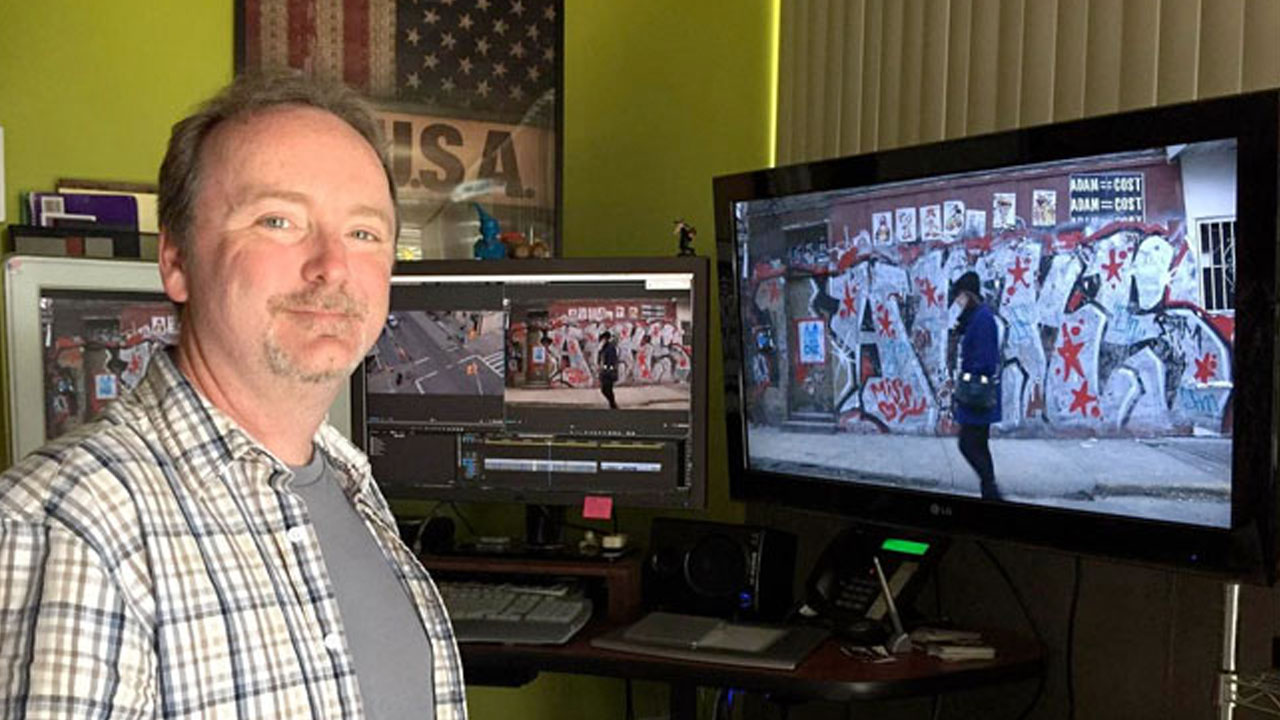Proper Handling of Your Digital Media

“Matt Radecki and Doug Blush will be the lead presenters at IDA's first Tech Day event on the evening of October 27 at the AFI Mark Goodson Screening Room in Los Angeles.
Documentaries often take a very long time to complete—much longer than the typical narrative film. The recently released Finders Keepers, for instance, took seven years. Same for Hoop Dreams. It took two years just to edit the classic Grey Gardens.
The sheer length of time required to make a documentary puts a premium on workflow. Get it right and you’ll wind up with a movie in the end. Get it wrong and you’re in for a world of frustration.
To identify best practices in workflow, Documentary spoke with two masters of the craft: editor Doug Blush, ACE, whose credits include the Oscar-winning Twenty Feet from Stardom, The Hunting Ground and I.O.U.S.A., and online editor Matt Radecki of the post house Different By Design, whose credits include Best of Enemies, Marwencol and The Yes Men Are Revolting.
First of all, how do you define workflow?
Matt Radecki: Workflow is how digital media is handled from the point at which you shoot it to the point at which you deliver the finished product—play it at a film festival, in a movie theater, sell it to a network.
Doug Blush: In documentary, workflow is life or death.
What is the first step in proper workflow?
MR: Ideally, you would test your workflow before you do anything. Whatever camera you think you’re going to shoot with primarily, shoot a little bit of footage that’s not critical to your movie. Do whatever transcoding conversions you’re planning to do, run it through whatever system you’re going to edit with, and pass that test of the workflow.
DB: Something you take into account at the beginning of workflow is, “Where am I going to store all this media?” The problem with digital media is that it’s very easy to vaporize. I’ve always lived under that credo/paranoid fear that nothing exists until there’s at least two copies, and sometimes three. Until you back up your media and until you’ve correctly budgeted for that backup to continue forward, you’re not making a film; you’re making a ghost. What you really should do before you budget anything else is get a big, reliable piece of storage that you can put all your stuff on—ideally a RAID storage setup.
MR: A lot of people buy two identical RAIDS, load up their footage on it, and then they know they have it on two systems.
What comes next?
DB: Acquisition, which is going and shooting raw material—usually on little mini-drives that are loaded into the cameras or raw chips that are recorded onto. The second step, almost immediately, is the backup. Before you leave a location you want two copies.” – Matthew Carey
Posted by Alicia